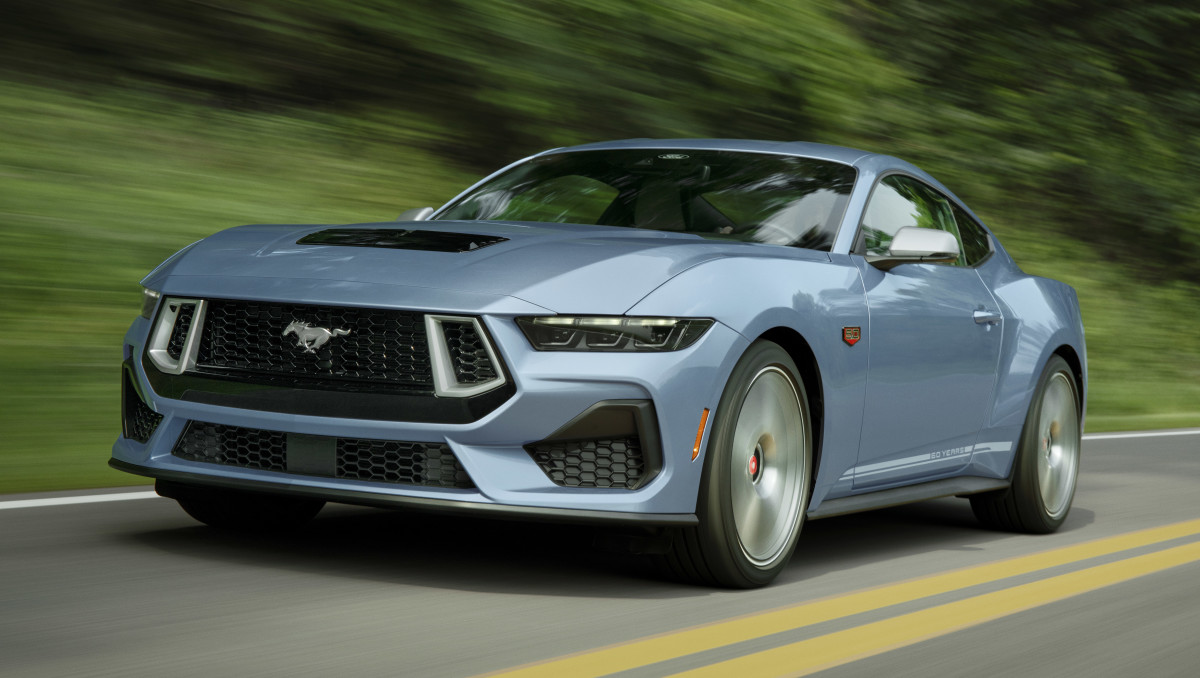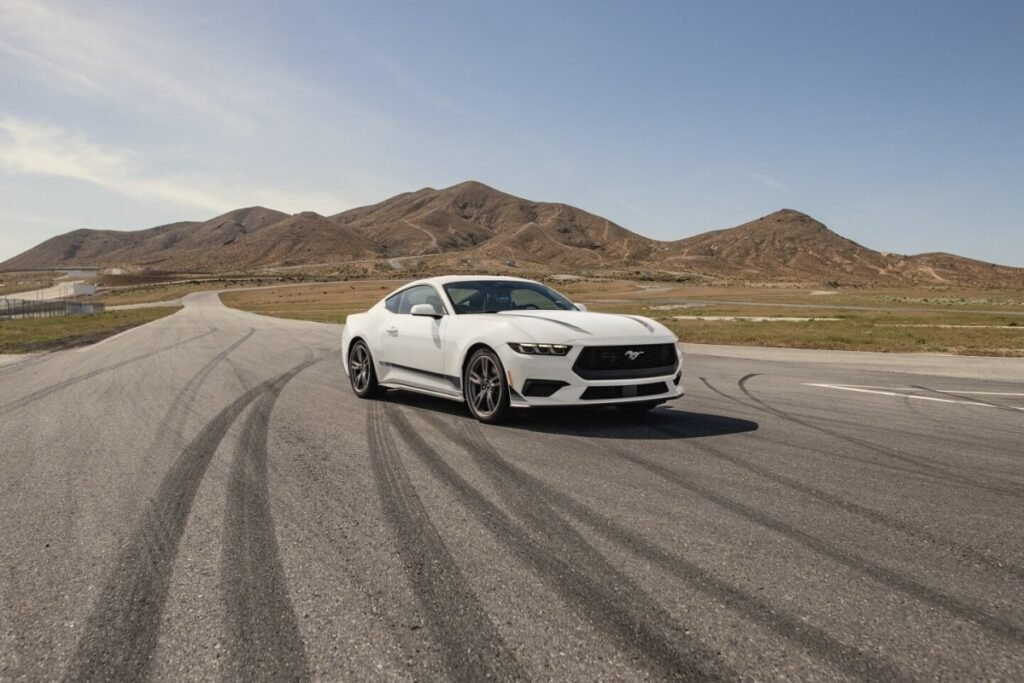
A 64-year legacy
Is there any other vehicle as iconic as the Ford Mustang? The original Mustang made its public debut at the New York World’s Fair in April 1964 and was an instant hit with enthusiasts. Its unveiling literally spawned a new class of vehicle dubbed pony cars. Today, we know them better as muscle cars, and, just as it created the segment, the Ford Mustang is the last of its breed; the Chevy Camaro and Dodge Challenger left the market following the 2024 and 2023 model years, respectively. There’s been plenty of talk regarding the Mustang’s future as its sales have been less than stellar, but according to CEO Jim Farley, there’s nothing to worry about.
Exotic Car Trader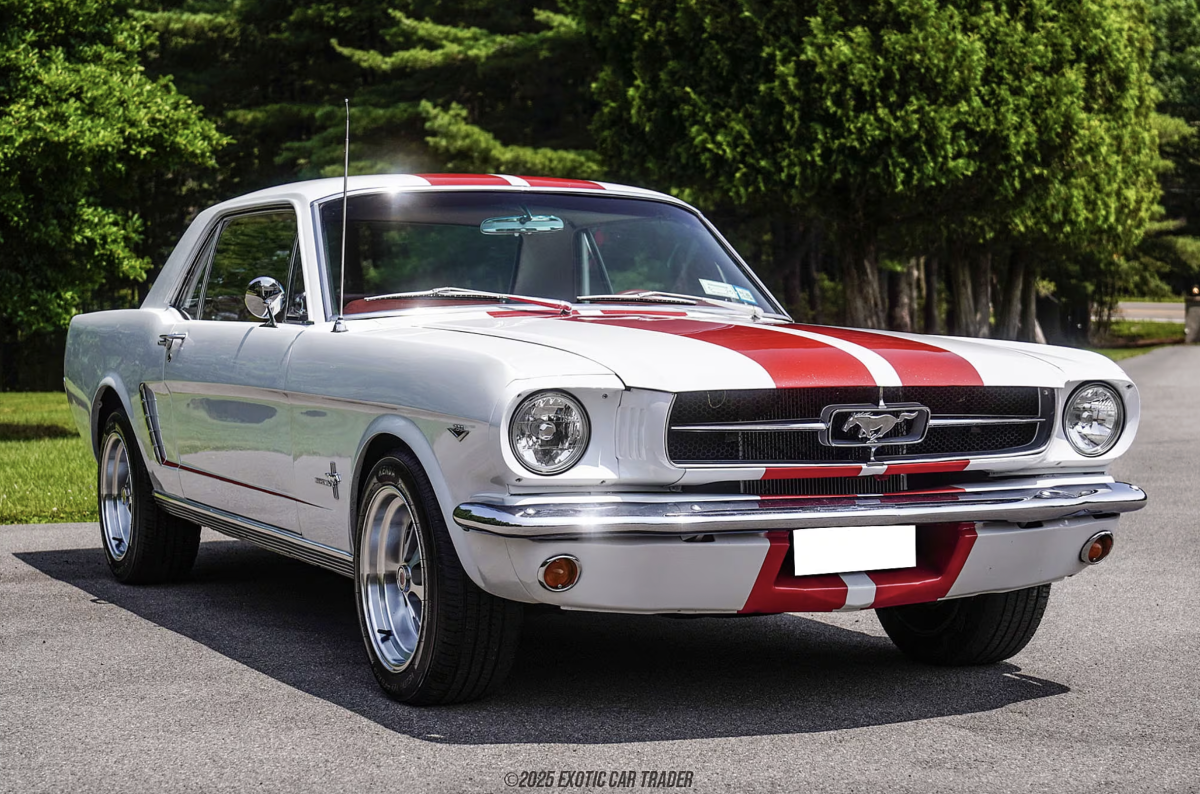
Mustang sales are down, but the muscle car isn’t out
The Ford Mustang is on track to have its worst sales year on record, and that’s saying something considering the pony car has been in continuous production for more than six decades. Ford released its third-quarter sales figures not long ago, and while sales are up overall, the Mustang is still struggling—at least in the United States.
In a podcast interview with The Verge, Farley noted that the automaker wasn’t giving up on the Mustang. In fact, Ford is doing the exact opposite. Coming off the success of the 815-horsepower Mustang GTD, the American automaker is investing more in the iconic pony car going forward. If you want a full look at the future of the Mustang, you have to look at the bigger picture.
“Actually, we’re doing really well with Mustang. I think we’re the only one left, really, which we’re quite proud of. We’re investing a lot in Mustang. I think the thing people don’t get about Mustang is that it’s a global car. It’s the best-selling sports coupe in the world,” Farley said.
Ford
While the Mustang has its roots within the United States, it’s sold in 85 markets around the globe, and it does fairly well. Over the past decade, Ford has sold nearly one million Mustangs. In the United States, Mustang sales are down this year, with just 32,818 models sold so far compared to 36,485 units around the same time in 2024.
“When I look at sales for Mustang, I look at it globally. The Mustang continues to grow in some of our biggest countries like Australia and Sweden because people want a little slice of that America. Everyone wants to do a burnout,” Farley said.
The 2025 Ford Mustang keeps the racing spirit alive
Now in its seventh generation, the Ford Mustang continues to bring the exhilaration drivers expect from the legendary nameplate. The cheapest model starts at $31,920 and comes powered by a 2.3-liter EcoBoost four-cylinder engine mated to a 10-speed automatic transmission that sends power to the rear wheels. That powertrain delivers 315 horsepower and 350 lb-ft of torque while earning up to 26 mpg in combined city/highway driving.
Ford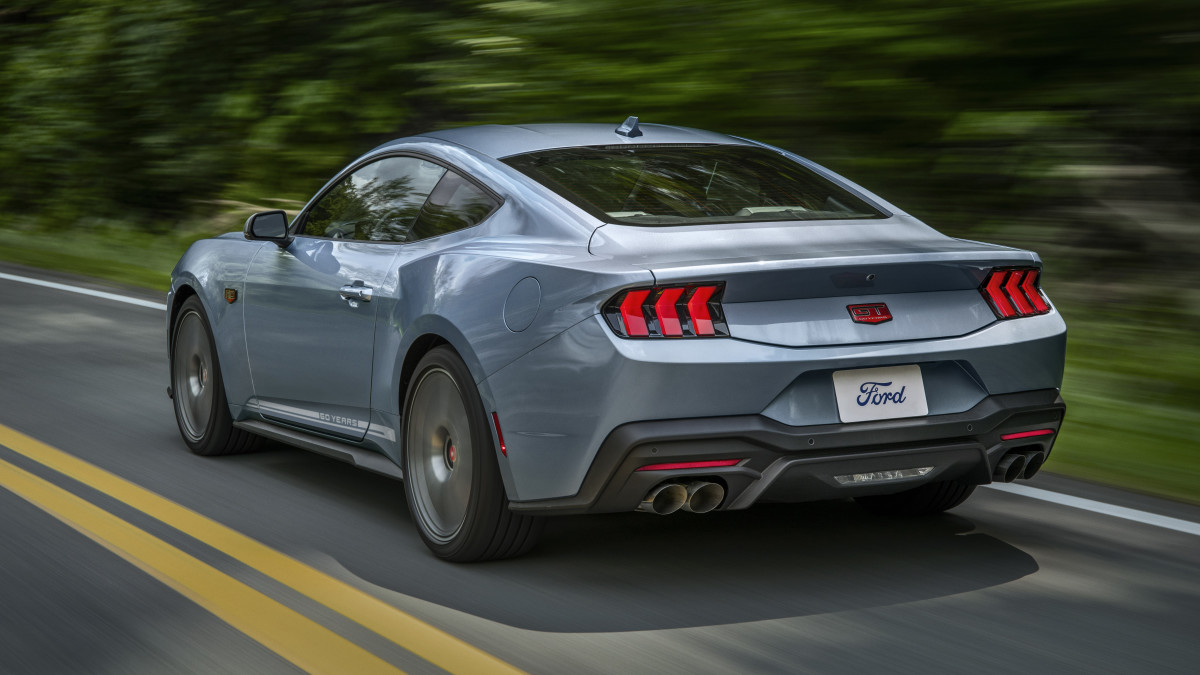
The Mustang is very much an all-or-nothing pony car, as far as performance goes, anyway. While the four-cylinder engine delivers an excellent balance of performance and fuel economy, the Mustang GT is where performance gets real. It boasts a 5.0-liter V8 engine that generates up to 486 horsepower and 418 lb-ft of torque. A six-speed manual transmission comes stock, with an automatic gearbox available for those who prefer to cruise. The Dark Horse model, on the other hand, gets a trim-exclusive six-speed manual and a modified version of the Coyote V8 engine that squeezes out 500 horsepower.
If there’s one thing the Mustang was designed to do, it’s to push beyond its limits, and the 2025 Ford Mustang GTD does just that. An 815-horsepower supercharged V8 engine comes stock and is capable of pushing the road-legal track car to 202 mph. Not only that, but the Mustang GTD cemented its place in history by completing the Nürburgring in under seven minutes – 6:52:072, to be exact.
Ford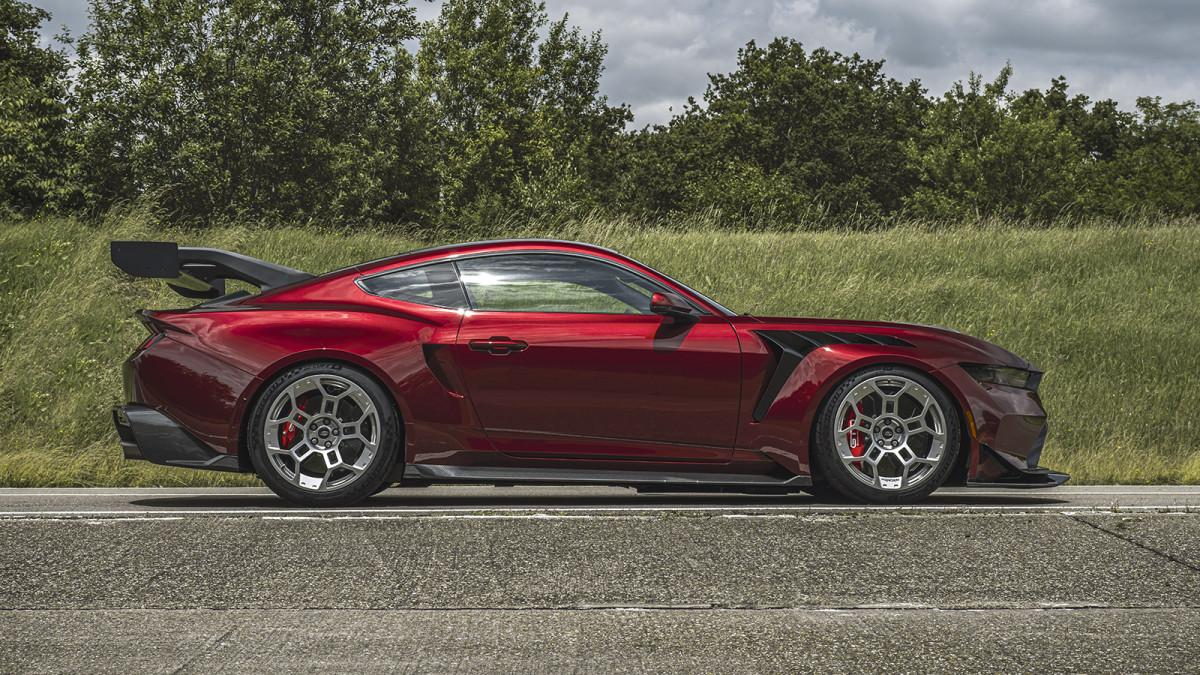
The multimatic DSSV underpins the Mustang GTD, making it a more capable track car than any Mustang before it. The GTD even comes with a track mode that lowers the ride height and improves aerodynamics and handling for those high-speed runs. Every component and system is designed to optimize weight, handling, and speed, right down to the titanium exhaust. The end result is a near 50:50 weight balance that puts every bit of power to the pavement.
Final thoughts

The Mustang is not doing so hot in the United States, especially as consumers tighten their wallets and shift to larger vehicles. On a global scale, however, the Mustang is still doing well. There aren’t many two-door sports cars left standing in this day and age, and the Mustang is arguably the most prominent among them. While corporate sentiment can change, the iconic muscle car is safe for now.
